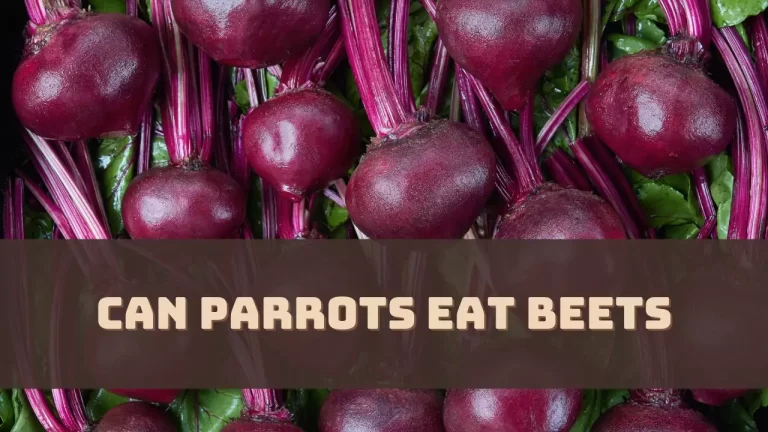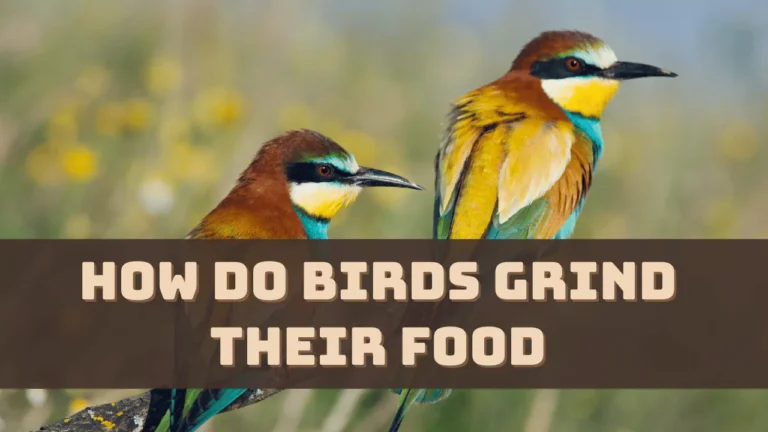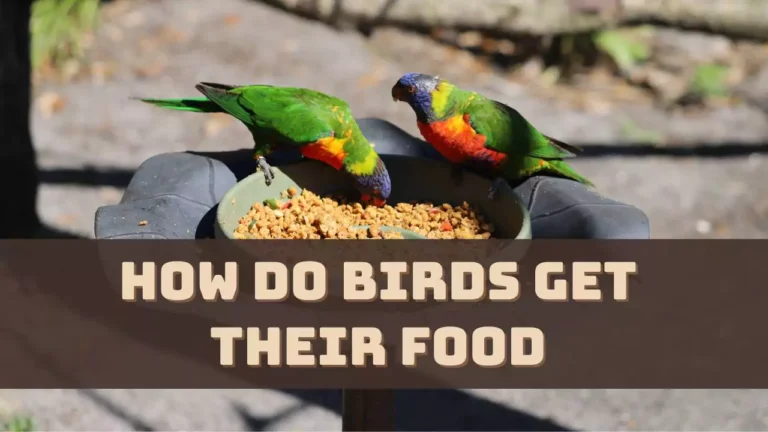The eating habits of birds differ from one species to another, but most importantly you need to understand their beak structure to find out how they exactly eat seeds.
Birds with a thicker or cone-shaped bill can crush the harder coat of the seed and then extract the softer pulp using their tongue. This can be commonly seen in finches and sparrows.
From picking to cracking, there are different other methods that birds use to crack open a seed. So, let’s explore.
Anatomy of Bird’s Beak
The beak of the bird is made of keratin, the same component that man’s fingernails are made of. There are 3 specific shapes of beak found among birds that correspond to their daily diet:
- Long beak – These are usually pointy beaks, which are seen among the fish-eating birds
- Short beak – These beaks are flat and mostly seen among insect eaters and they can even snatch insects from the air.
- Conical beak – these beaks are short and the birds are mostly seed eaters, as they typically have expertise in cracking open the seeds.
Primary Beaks of Seed-Eating Birds
The beaks of birds can be distinguished depending on the type of seed, depth of feeding, and method of extraction. Birds have achieved this seed-eating technique due to years of evolution and adaptation, so here are the details that you need to go through:
Type of Seed
- Large seeds are usually consumed by cardinals who have conical and strong beaks.
- Small seeds are consumed by finches that have pointed and long beaks.
- Nuts and shells, which need to be crushed to extract the material from the inside, are consumed by birds of prey who have hooked and sharp beaks.
Some birds also have the ability to modify their beak’s shape, based on the food they’re going to consume such as crossbills and this is quite unusual. There are different techniques that they apply while they are consuming the seeds, such as holding the seed with their feet and using the bill to extract the edible part or hammering the food onto the surface of any rock to crack it open.
Birds can only get to a depth of the food, using their tongue. Birds have sensory cells in their tongue that detect specific taste stimuli, such as sweet, sour, bitter, salt, etc. The seed selection also depends on the papilla present on the surface of the tongue. Specific seeds can be easily identified by the various structures and shapes of the papilla.
What do Birds Consume?
Most of the birds feed on grains, nuts, seeds, fruits, meat, etc.
What is the Nutritional Value of Seeds?
Seeds are quite nutritious for birds as they help to maintain their health and energy levels. These small food items are packed with high nutritional value, providing them the essential vitamins and minerals for their development.
- Seeds provide the birds with essential amino acids, such as tryptophan, lysine, and methionine.
- It also has a high amount of dietary fiber and healthy fat.
- Seeds also contain calcium and iron which is required for blood formation and bone structure.
- Seeds provide antioxidants that protect the cells of the birds from damage caused by free radicals.
Understand the Digestion of the Bird
When a bird is living in the wild it takes more energy to survive, and so mostly they are seen to forage for food and fill their small bellies. This is the first step towards the digestion process of a bird.
Here are the steps that take place during digestion among birds:
Chewing and swallowing
Even if birds do not have teeth, they can still chew and swallow their food. They tend to rip open the food or break the seeds to take out the soft material from the inside. The hard food or nuts are crushed against rocks and eaten by birds, while other small-sized pieces of food can be simply swallowed whole.
When they put the food in the mouth, the tongue is adjusted, so that they can easily swallow the food. Saliva is produced in some birds, which helps the food slide down the throat as it binds the tiny bits together and makes it more slippery.
Down the Esophagus Lane
After the food is swallowed, it travels down the esophagus. In some birds, they have an expandable esophagus to store the food while others have a particular area called crop, where the same purpose is served. When it is the right time the birds consume the food and it travels through the digestive tract to the proventriculus area where the digestive enzymes are produced to soften the food.
The food then moves to the gizzard which helps in grinding and crushing the food. They have a specialized stomach where the food is mixed with enzymes and also crushed, so even if the birds do not chew the food it doesn’t matter. The food would return to the proventriculus and again go through the same cycle. After the food is processed, it goes to the small and large intestines where the valuable nutrients and water are absorbed with the help of the liver, pancreas, and ceca.
Elimination of Waste
After the entire digestive process completes, waste material is extracted from the food which is excreted in two ways. It exits the bird’s body in the form of feces through the cloaca or it can be regurgitated through their bill in the form of pellets.
How Do Birds Find Seeds?
Birds apply a variety of methods to look for seeds – some can see ultraviolet colors, which help them to locate ripe seeds, while others rely on their memories and return to the same location where they had previously found the seed.
Can Birds Eat All Types of Seeds?
No, birds cannot digest all types of seeds so they avoid them. These seeds usually have an indigestible part which can prove to be toxic for birds if consumed.
How do Birds Store Seed?
Birds are known to show an unusual behavior called “caching” where they store the excess seed in hidden locations under piles of leaves, or cracks of tree trunks, throughout their territory.




